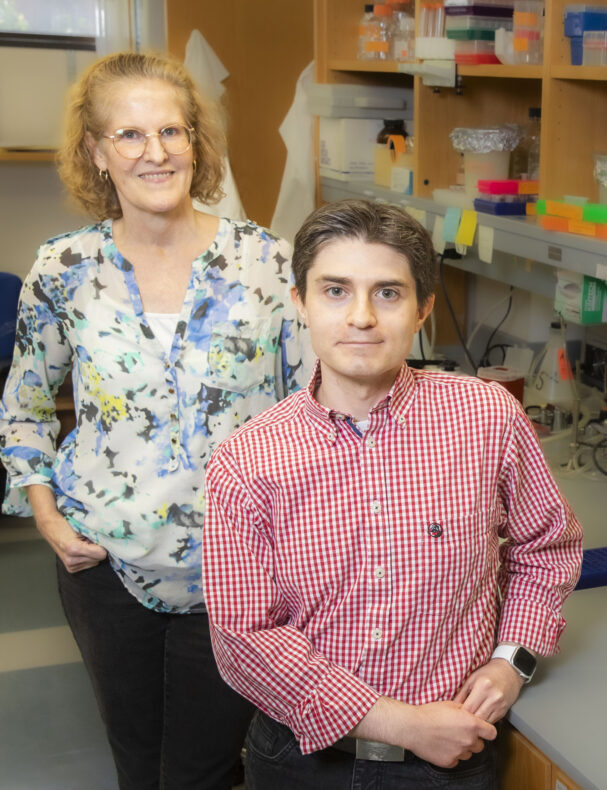
Cell fate reprogramming — converting one cell type into another — is a potential strategy for generating cardiac cells to treat heart diseases.
Although previous studies have shown that the expression of cardiogenic transcription factors directly reprograms fibroblasts (connective tissue cells) into induced cardiomyocyte-like cells (iCMs), there remains the obstacle of a low conversion rate from fibroblast to iCM.
To determine whether the low efficiency of cardiac reprogramming results from the incomplete expression of the whole “set” of four core cardiogenic transcription factors (GHMT), Young-Jae Nam, MD, PhD, and colleagues forced cells to co-express various combinations of cardiogenic transcription factors.
Last month in the journal Scientific Reports, they reported that expression of specific combinations of two or three factors is sufficient to generate sarcomeric (structural) proteins that enable muscle contraction and relaxation. However, all four factors are integral to the contractility and organization of sarcomeric structures.
These findings provide a blueprint for devising more efficient cardiac reprogramming and regeneration strategies.
This research was supported by Gilead Sciences Research Scholars Program and grants from the National Institutes of Health (HL111420, HL140264).

















